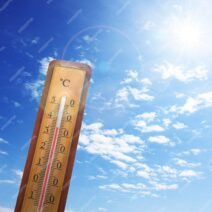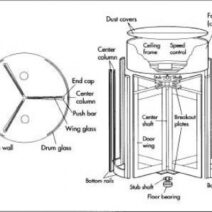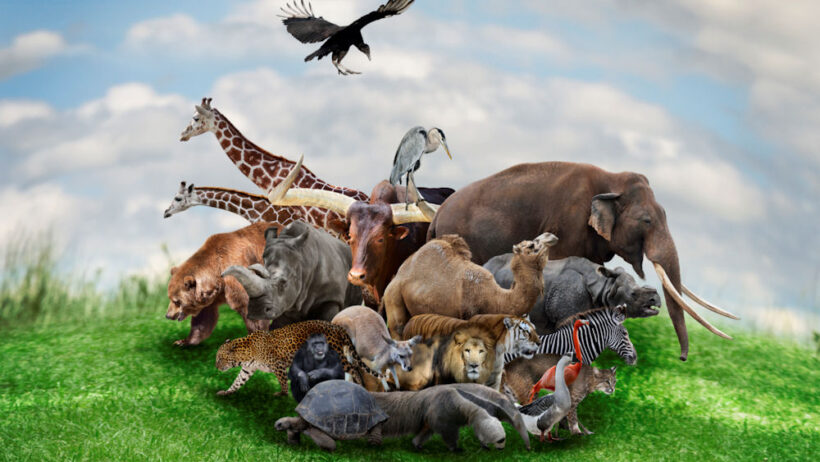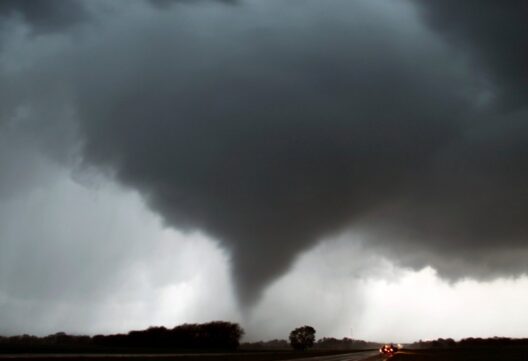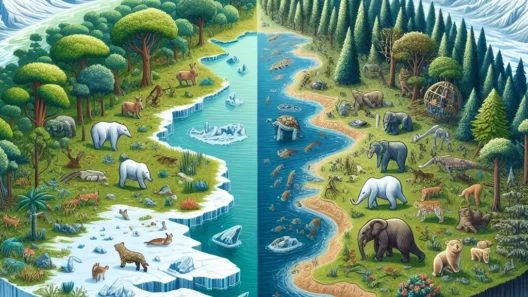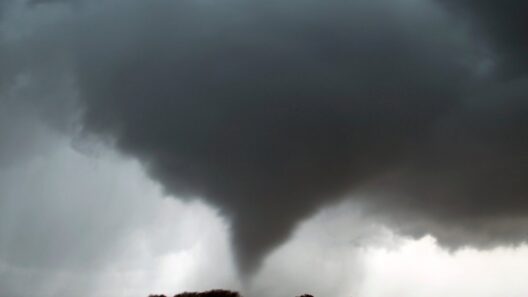Biodiversity, often celebrated as the cornerstone of vibrant ecosystems, is undergoing transformative changes associated with global warming. While many voices lament the decline of species due to anthropogenic climate change, recent insights reveal an intriguing narrative: biodiversity is on the move, adapting to shifting climatic zones. This phenomenon presents both challenges and promises a reimagined perspective on conservation efforts.
To grasp the complexities of biodiversity redistribution, it is pivotal to understand the intricate relationship between climate and ecological communities. Global warming, characterized by an increase in average global temperatures, triggers a cascade of environmental changes. These alterations encompass rising sea levels, shifting rainfall patterns, and enhanced frequency of extreme weather events. As habitats transform, species are compelled to navigate these new landscapes, with many migrating toward cooler areas or modifying their behaviors to survive.
Species distribution is not static, and the principles of biogeography highlight that organisms have historically adapted their ranges in response to climatic shifts. However, the current pace of change is unprecedented, posing acute challenges to numerous species. Endemic organisms, those specifically adapted to confined locales, often struggle to relocate or acclimatize rapidly enough to survive. Consequently, the threat to these unique species underscores the crucial need for proactive environmental stewardship.
Research indicates that terrestrial species are migrating poleward or to higher altitudes at an average rate of approximately 17 kilometers per decade. This universal trend, evident in various taxa including mammals, birds, and plants, suggests an overarching response to thermal changes. Oceanic life is similarly affected, with marine species shifting northward, altering fishing patterns and disrupting traditional fishing industries. This migration signifies not only species-level adjustments but also profound implications for ecosystems and human communities alike.
Furthermore, whilst many species face dire threats, some exhibit resilience through adaptive behaviors and evolutionary strategies. In the northern realms, for instance, certain migratory birds are altering their arrival dates, responding promptly to the earlier onset of spring. Such examples reflect a dynamic spectrum of responses to climate change, highlighting the necessity of recognizing biodiversity as a kinetic entity. Yet, this dynamism raises questions regarding the interconnectedness of species and the ramifications of altering mutualistic and predatory relationships that have existed for millennia.
The shifting tapestry of biodiversity poses both risks and opportunities for conservation practitioners. The traditional notion of fixed protected areas must be reassessed. As habitats Experience significant relocation, conservation efforts must adopt a fluid approach to preserve species within evolving landscapes. The concept of climate corridors emerges as a pivotal strategy, designating areas that allow wildlife to migrate safely. Establishing these corridors requires multidisciplinary collaboration, where stakeholders integrate ecological knowledge with socio-economic considerations.
Moreover, public engagement plays an indispensable role in the discourse surrounding biodiversity on the move. Climate education initiatives can foster curiosity and empathy, galvanizing support for conservation measures. By emphasizing stories of resilience and adaptability, narratives can illuminate the vibrancy of ecosystems that continue to evolve despite the challenges imposed by climate change.
Technological advancements also present innovative tools for monitoring biodiversity shifts. Remote sensing, genetic tracking, and ecological modeling can enable researchers to predict and respond to species distribution changes dynamically. This data-driven approach arms conservationists with the insights necessary to craft targeted strategies. Harnessing citizen science programs can amplify data collection efforts, promoting grassroots involvement and enhancing awareness of biodiversity challenges.
However, the phenomenon of biodiversity on the move is not without its ethical dilemmas. The introduction of non-native species into new habitats poses significant ecological risks. While some species may thrive in their newly adopted landscapes, they can also disrupt indigenous populations, leading to cascading effects throughout the ecosystem. Thus, a nuanced understanding of species interactions becomes vital in ensuring that conservation measures are both effective and ethically sound.
In summary, the narrative surrounding biodiversity and global warming unveils a spectrum of phenomena, ranging from alarming threats to remarkable stories of adaptability. The realization that biodiversity is not just declining but rather moving urges a reassessment of conservation strategies. A collaborative, flexible approach, informed by ongoing research, public engagement, and ethical considerations, will be crucial in navigating the dichotomy of challenges and opportunities posed by climate change. Biodiversity persists as an indomitable force, adapting against the odds. This shifting tale compels humanity to rethink its relationship with the natural world and cultivate a stewardship ethos that embraces resilience, dynamism, and interconnectedness.
